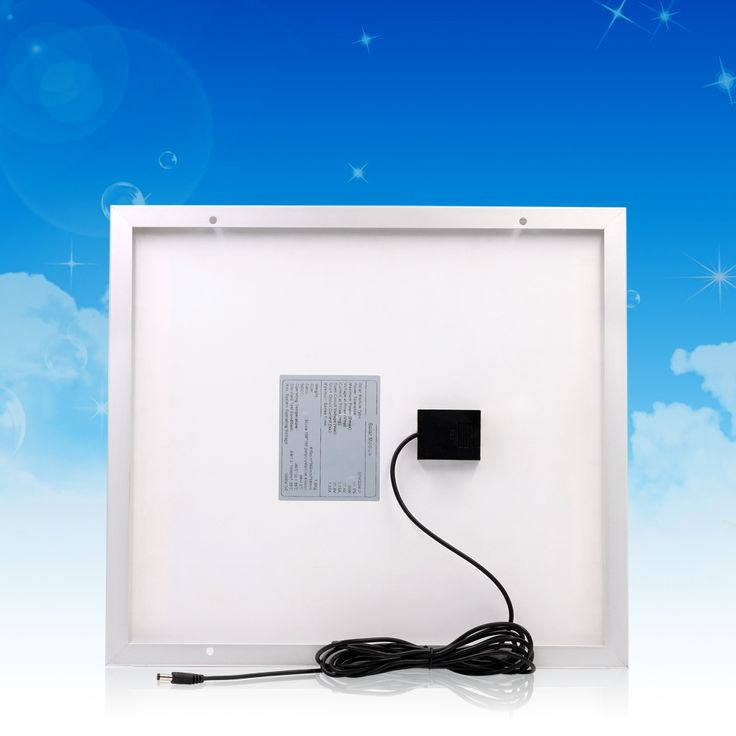Polycrystalline panels have about 13 to 16 efficiency while monocrystalline panels have an efficiency rate of anywhere from 15 to 20.
Polycrystalline silicon solar panel efficiency.
However thanks to new technologies polycrystalline panels are now much closer in efficiency to monocrystalline solar panels than they have been in the past.
However polycrystalline experiences internal efficiency losses due to the structural inconsistency at the seams where two different crystals meet.
So if you plan to use high efficiency solar panels keep in mind that your solar panel installation could end up costing you more money than if you used standard efficiency panels.
An emerging alternative process of re.
Polycrystalline panel efficiency ratings will typically range from 15 to 17.
They re not as efficient as monocrystalline panels require a larger surface area to produce the same amount of energy and lose efficiency as temperatures increase.
This crystal structure makes the efficiency rate of polycrystalline panels lower than monocrystalline panels.
The efficiency of polycrystalline solar panels is usually in the range of 13 17 percent.
Polycrystalline solar panels are also made from silicon.
Polysilicon cells are the most common type used in photovoltaics and are less expensive yet less efficient than those made from monocrystalline silicon highest efficiency for polycrystalline cell is registered around 20 4 but for polycrystalline solar panel it ranges from 15 to 17 polycrystalline silicon have very high stability in natural environment which result into longer polycrystalline solar panel lifespan ranges around 25 years.
Polycrystalline silicon or multicrystalline silicon also called polysilicon or poly si is a high purity polycrystalline form of silicon used as a raw material by the solar photovoltaic and electronics industry.
These solar panels have higher than average efficiencies and also come in at a higher price tag.
Polycrystalline cells are almost always found in rigid panel form.
Because these panels have lower silicon purity they still perform better than thin film pv modules but are less efficient than those made from a single crystal monocrystalline.
The majority of residential solar modules consist of pv cells made from either crystalline silicon cells or thin film semiconductor material.
Polycrystalline solar panels generally have lower efficiencies than monocrystalline options but their advantage is a lower price point.
This process involves distillation of volatile silicon compounds and their decomposition into silicon at high temperatures.
Polysilicon is produced from metallurgical grade silicon by a chemical purification process called the siemens process.





























